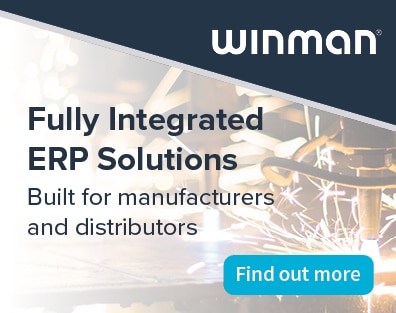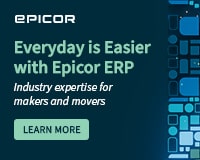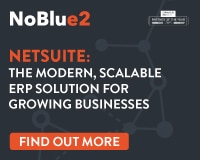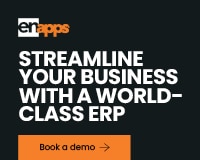Enterprise resource planning (ERP)
ERP Software is a cross-functional enterprise system driven by an integrated suite of software modules that supports the basic internal business processes of a company. ERP gives a company an integrated real-time view of its core business processes such as production, order processing, and inventory management, tied together by ERP applications software and a common database maintained by a database management system.
ERP systems track business resources (such as cash, raw materials, and production capacity) and the status of commitments made by the business (such as customer orders, purchase orders, and employee payroll), no matter which department (manufacturing, purchasing, sales, accounting, and so on) has entered the data into the system. ERP facilitates information flow between all business functions inside the organisation, and manages connections to outside stakeholders
Enterprise systems are complex software packages that offer the potential of integrating data and processes across functions in an enterprise. Although the initial ERP systems focused on large enterprises, there has been a shift towards smaller enterprises also using ERP systems. Organisations consider the ERP system a vital organisational tool because it integrates varied organisational systems and enables flawless transactions and production. However, an ERP system is radically different from traditional systems development. ERP systems can run on a variety of computer hardware and network configurations.
Visit a software event
Leading ERP Software Suppliers
ERP Software Blog
How ERP supports workforce management
An ERP (Enterprise Resource Planning) for workforce management integrates human resources, payroll, and other business operations into a single, centralised system. This approach streamlines tasks like employee data management, onboarding, and payroll processing,...
Reduce trauma in your ERP transformation with AI as your user interface
We all continue to speak about AI - but can it really help in business? This week's guest blog is from ERP Today, exploring using AI as a user interface to augment existing ERP systems: Traditional ERP transformations often lead to high costs, disruption, and...
ERP Discovery Day: Who can you expect at the next event?
There is no other event in the UK quite like ours. We visit regional cities and towns with our roadshow throughout the year, with some of the finest ERP providers out there. We work with small to medium sized businesses, introducing them to ERP providers that best...
5 ways to improve cyber resilience in your business
This week's guest blog is from Forterro, ERP solutions: You don’t need an in-house cybersecurity team or cutting-edge technology to significantly improve your business's defences. Many businesses avoid action because cybersecurity seems overwhelming. But...
When should you update your ERP system?
Officially, an ERP system should be updated when it begins to hinder business operations, often indicated by certain inefficiencies, a lack of integration, or outdated technology. Consider upgrading when your system reaches the end of its life cycle, struggles with...
How many different types of ERP providers are there in the UK?
There isn't a definitive number of ERP providers in the UK, as the market is dynamic and constantly evolving. However, it's safe to say there are hundreds of ERP software vendors in the UK, ranging from global giants to niche specialists… Here’s a look into these...












